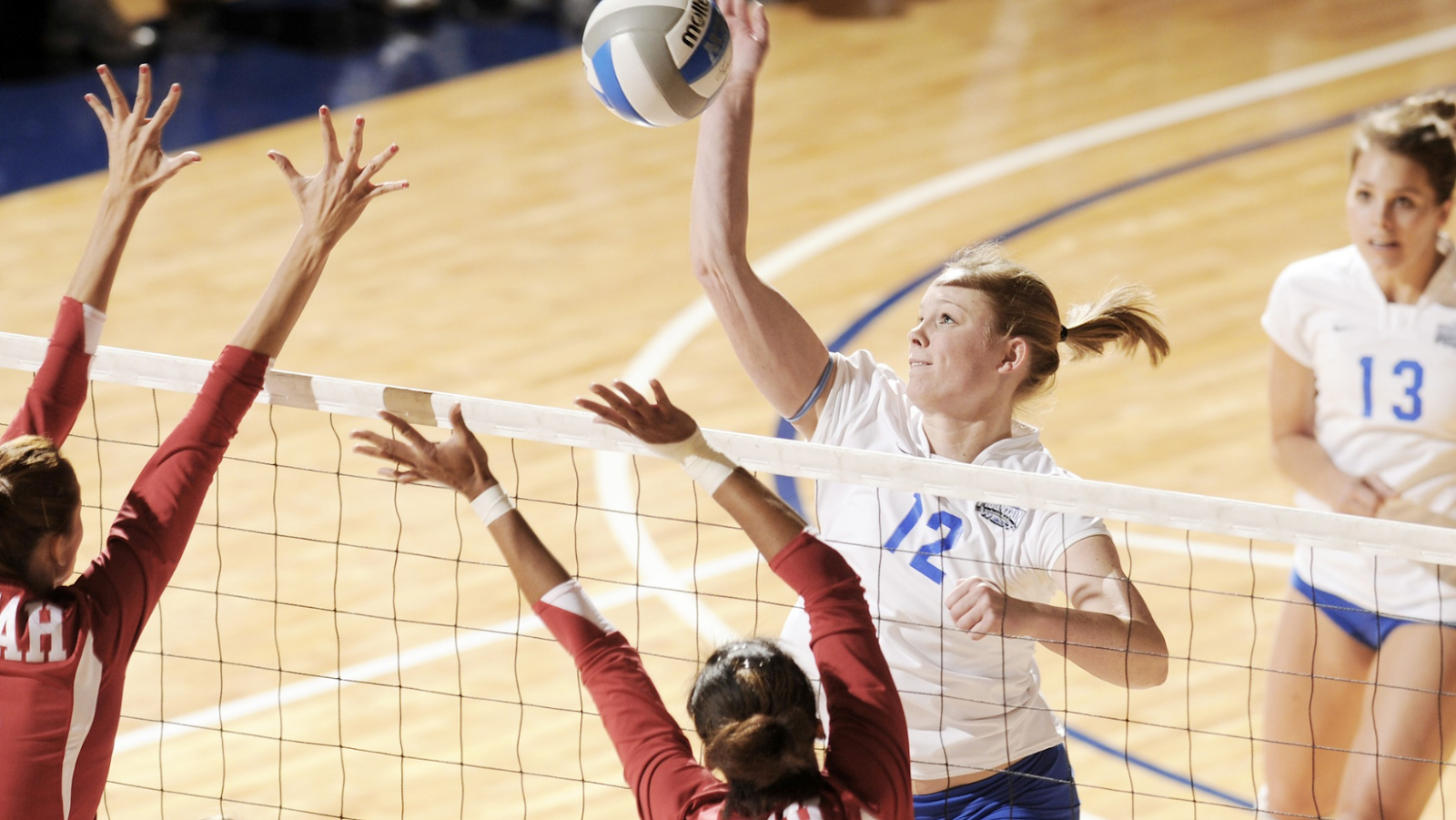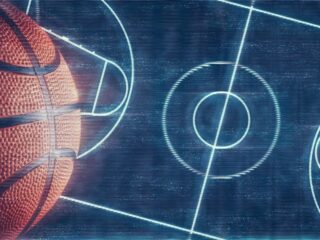
Volleyball is a sport that requires not just power, but also accuracy and precision. A well-placed spike can be the difference between winning and losing a game. However, spiking the ball is not as easy as it looks. It takes practice and precision to place the ball where you want it to go. When spike training, players need to focus on their form and technique. They also need to practice their aim and learn how to control the speed and power of their spikes. With proper training, players can develop the skills needed to become dangerous threats on the volleyball court.
Can you reach over the net in volleyball
The height of the net in volleyball varies depending on the level of play. In men’s games, the net is 7 feet 11 and 5/8 inches (2.43 meters) tall, while in women’s games, the net is 7 feet 4 inches (2.24 meters) tall. The net is also different for indoor and beach volleyball. In indoor games, the net is 8 feet (2.4 meters) tall, while in beach volleyball, the net is 7 feet 4 inches (2.24 meters) tall. The height of the net does not change during a game, so players need to be aware of the differences before they start playing.
How to identify a spike
A spike in volleyball is when a player hits the ball with force into the opponent’s court. It is a offensive move that is used to score points. The player must jump and hit the ball with their arm extended above their head. A successful spike will land inside the opponents’ court and be difficult for them to defend.
When a player spikes the ball, it is important that they have a good follow through. This means that they extend their arm all the way through the hitting motion and snap their wrists at the end. This will help generate more power and accuracy. Players also need to make sure that they keep their eyes on the ball during the entire swing.
The different types of spikes
There are different types of spikes that players can use to score points. The most common type is the overhead spike, which is when the player hits the ball with their arm extended above their head. This type of spike is used to hit the ball over the blockers and into the opponents’ court. Another type of spike is the back row spike, which is when the player hits the ball from behind the three-meter line. This type of spike is used to hit the ball over the blockers and into the opponents’ court.
The last type of spike is the set Spike, which is when the player sets the ball for another player to spike it. This type of spike is used to set up a teammate for an easy kill.
How to defend against spikes
Spiking the ball is a powerful offensive move, but it can be defended against.Players need to be aware of where the spiker is and what type of spike they are using. If the player is using an overhead spike, the defenders need to position themselves in front of the spiker and try to block the ball with their hands. If the player is using a back row spike, the defenders need to position themselves behind the spiker and try to dig the ball up. If the player is using a set Spike, the defenders need to stay in front of the spiker and try to block the ball with their hands.
How to counterattack when you’re hit by a spike
If you are hit by a spike, the best thing to do is to try and counterattack. This means that you need to quickly get the ball back over the net and into the opponents’ court. To do this, you need to have good communication with your teammates and be aware of where they are on the court. You also need to have good hand-eye coordination and be able to hit the ball quickly.



